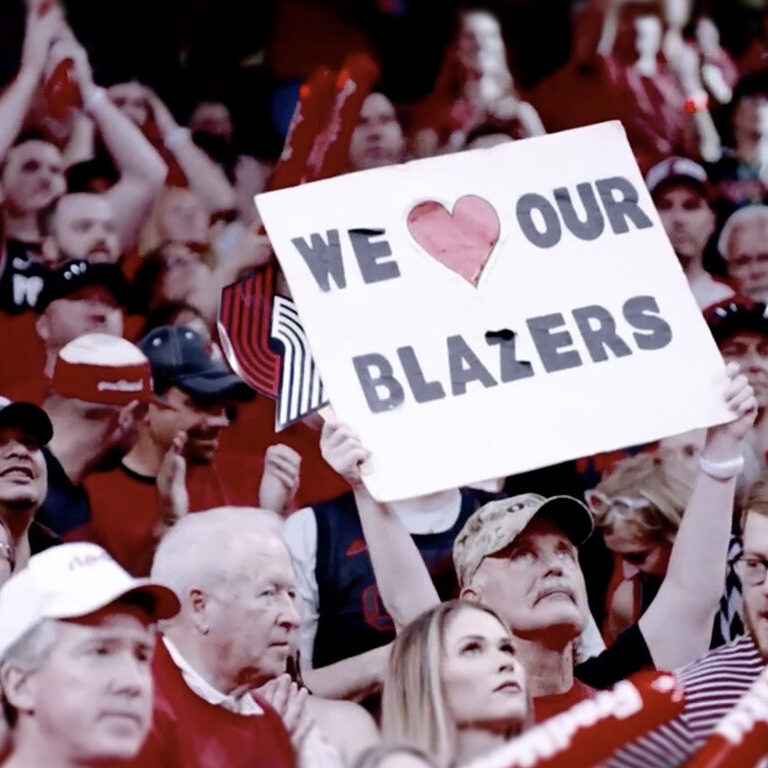Most sports organisations are still trying to understand how they can use CRM within their sales-focussed environments – clubs, NGBs, and events are used to thinking “sell, sell, sell” and customer service (or in this case, fan engagement) has taken a backseat for the longest time. But things are changing – sport now has to compete for its share of attention, interest, time and disposable income – and CRM is fast-becoming an area that even the smallest property has to consider. (In fact CRM is more important within smaller organisations – when you have fewer fans, you have to make every single one count!)
So knowing that the sports industry is now accepting the need to implement CRM but is still yet to fully understand the principles, adopt the right culture and justify the budget, I was surprised to come across a paper released by Deloitte titled “Get ahead of the game: what businesses can learn from the use of analytics in sport”.
Further reading revealed that the paper referred to the use of analytics in sports performance not sports marketing but it was interesting to read how the output of companies such as Opta Sports and ProZone is not dissimilar to MS Dynamics and SAP Customer on Demand.
So while we aspire to the highly tailored and customised marketing approach of Amazon and lastminute.com, it transpires M&S and HMV could do well to look to us……albeit our on-the-field activities!
The paper’s introduction states “Whilst the hype around the power of ‘big data’ has only just started to seep into oak-panelled boardrooms and onto the pages of the corporate executive agenda, sporting organisations have been at the forefront of exploiting data to gain a competitive advantage for years.”
Sub headings include “The need for data driven decision-making”, “Integrate data so you can see the whole picture”, and “Ensure good data quality”, and ends with the statement “There are real and practical examples of how organisations can start to increase the importance of analysis in their day-to-day operations, and ultimately move towards a world in which decisions are made on fact, not judgement.”
But the content is not about understanding the attitudes of ticket buyers, hospitality customers, volunteers or participants, it’s about using data to calculate which team members to select, what equipment to use, what disciplines to focus on, etc.
The most enlightening example for me is Lewis Hamilton’s debut F1 title win for McLaren in 2008. At the Brazilian Grand Prix Hamilton needed to finish in the top 5 and with a few laps to go was sitting pretty but he had a challenger behind him, Sebastian Vettel, who, desperate to pass, could have put them on a collision course had Hamilton decided to fight for his position. McLaren’s CEO instructed Hamilton to let Vettel pass rather than risk a crash because the data predicted Hamilton would take 5th place at some point during the last lap. And indeed he did – but not until the very last corner.
To me this is tantamount to using predictive analytics when trying to sell a product, for example a new VIP hospitality package, season ticket or even a piece of merchandise – if the data tells you how much your customers might pay for a product, how many of them could afford to do so, over what period of time and with what frequency, you’ll have all the information to need to launch it with confidence. Scale this approach up and football clubs could more accurately predict how many seats their glorious new stadium should have – as opposed to constructing an over-sized cathedral and conversely, not providing enough capacity for growth.
British Cycling is also cited as an example at several points in the paper, particularly when discussing the need for all relevant information to be available in one place. They realised that everyone associated with an athlete’s performance needed to meet up regularly to ensure they shared all their ideas and views in the best interest of the athlete. They also realised that the athlete and the bike should be assessed as a single entity not two different components. This screams out SINGLE CUSTOMER VIEW to me, the holy grail that us marketers continually espouse – ensuring all the data you have about one person is in the same place and easily accessible, to provide a complete picture.
What the Deloitte paper achieves for me, through thrilling examples of goals scored, medals won and titles secured, is to reaffirm the need for greater adoption of CRM in sports marketing.
In a very literal format, Deloitte state that with the technology we now have at our disposal, we don’t need HiPPOs* we have data – we have fact.
* Highest Paid Person’s Opinion.


CRM
Churn and Retention from the Portland Trailblazers
We thought we’d share one of our favourite case studies from the second edition of our book, Winning with Data. It’s a great read, courtesy




